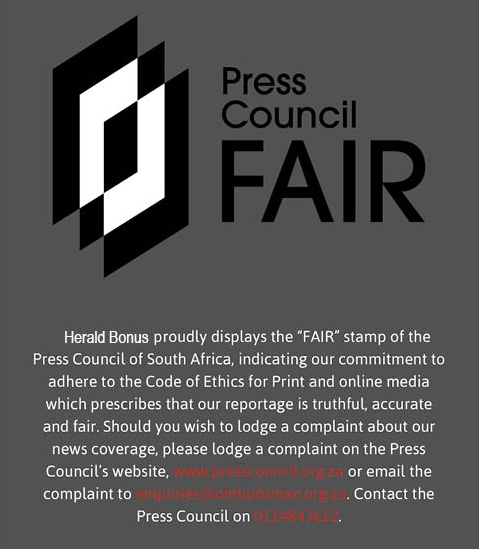BRITS POS – BRITS - South Africa is facing a driving licence card production backlog that the Department of Transport says will take four to six months to fix, but an analysis shows otherwise. The machine should have already been replace as far back as 2009.
The backlog sits at 690,000 cards that need to be printed, and it cleared 43,000 between 15 May 2025 and 13 June 2025 – an average of less than 2,400 cards per day, according to MyBroadband.
At that rate, it would take approximately 13 months to clear – significantly longer than the department’s prediction.
A solution was proposed by Wayne Duvenage, the CEO of the Organisation Undoing Tax Abuse (OUTA).
In an interview with eNCA, Duvenage suggested that extending the validity period of driving licences in South Africa would provide immediate relief.
He explained that this is normal around the world and would instantly take a lot of pressure off the department.
“We’ve been saying to Barbara Creecy, the Minister of Transport for some time, and the previous ministers: start by extending the validity period of the driver’s licences from five to ten years,” said Duvenage.
He also provided other recommendations for Creecy, to provide relief to South African motorists and the Department of Transport.
Duvenage suggested that Creecy should consider allowing motorists who can prove that they applied for their new licence to drive without a temporary licence, stating that administrative delays by the department should not penalise motorists.
“It is a result of the inefficiencies of the department. Just put that regulation out there. Creecy has got the power to do that because it is not the public’s fault,” he said.
His other recommendation to Creecy was that the Department of Transport must prioritise finalising the tender process for new driving licence card printers.
Duvenage also said this tender must be done with transparency and the involvement of civil society to prevent the same mistakes being made again.
Printer breakdown history and costs
The printer broke down earlier this year, marking its 160th breakdown since its introduction in 1998.
Since the start of the 2022/23 financial year to the present, these breakdowns have cost South African taxpayers over R16 million in maintenance and overtime.
During these four years alone, the machine has been non-operational for 129 days, and after each breakdown, significant overtime is required to clear the backlogs, resulting in spiralling labour costs alongside the hefty maintenance costs.
In 2022/23, the machine was non-operational for 26 working days.
This resulted in additional costs totalling R10,703,239.12. This comprised R9,267,862.33 in expenses for repairs and maintenance, and R1,435,376.79 paid for overtime.
The following year, 2023/24, the printer was offline for 48 working days at a cost of R3,259,875.09. Maintenance costs came to R1,651,772.57 and overtime costs were R1,608,102.52.
Huge improvements were made the following year, with the machine only being offline for 17 working days.
This costs taxpayers much less – a total of R1,896,221.42, with a maintenance repair bill of R544,747.64, and overtime costs remaining relatively consistent with previous years at R1,351,473.78.
As of the current financial year, the machine has been offline for 38 working days at a cost of R624,988.10 in maintenance and repair costs.
There has been no report of paid overtime yet. A report compiled for the Road Traffic Management Corporation found that the machine should have already been replaced as far back as 2009.









